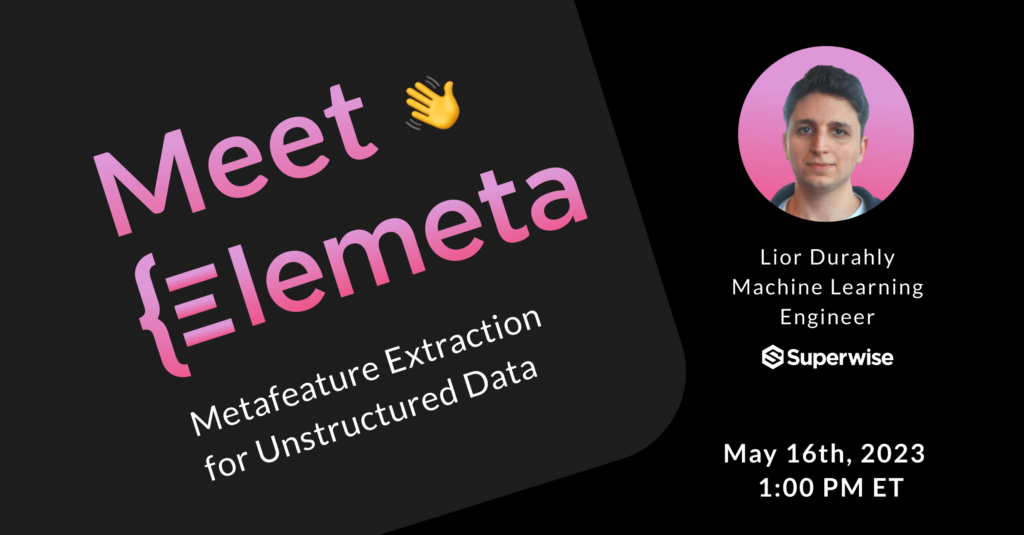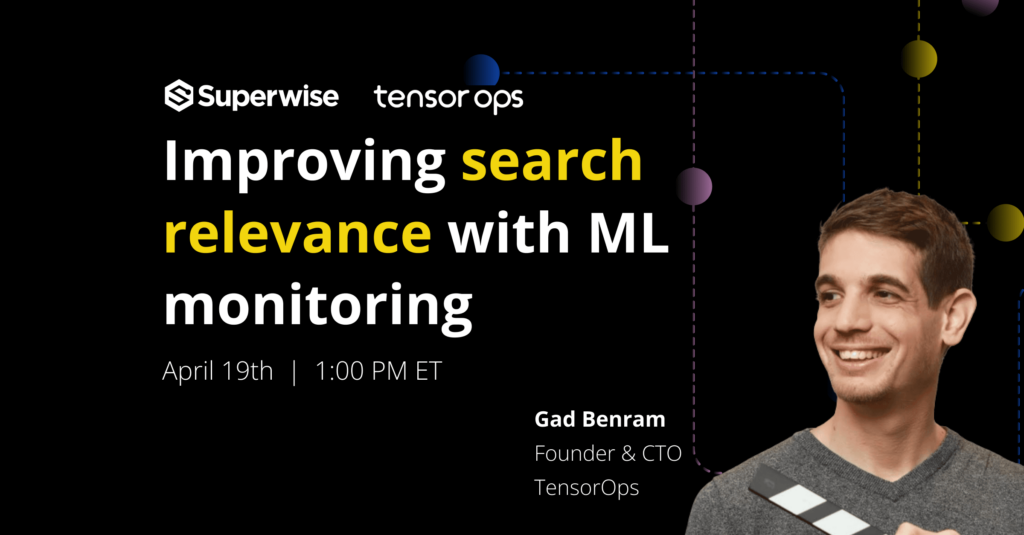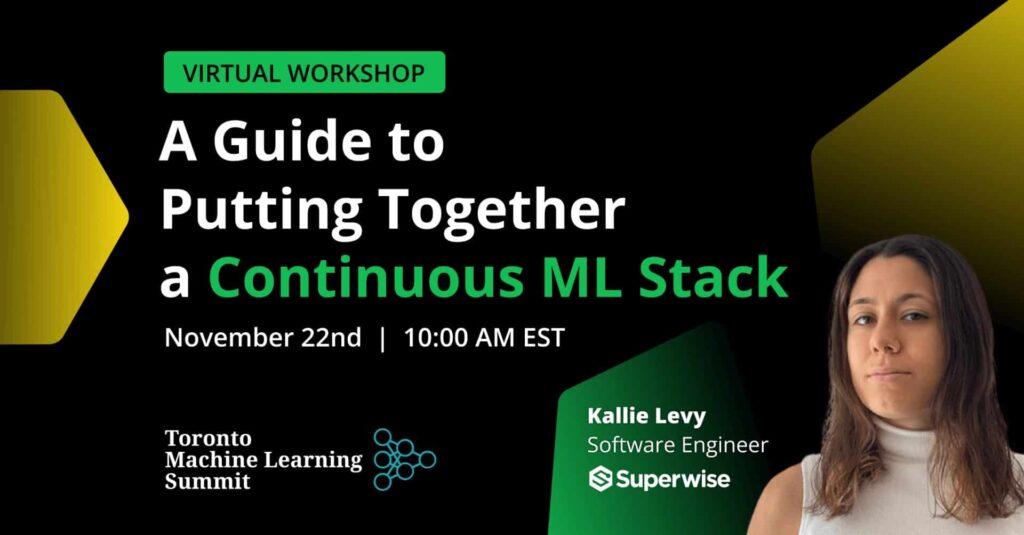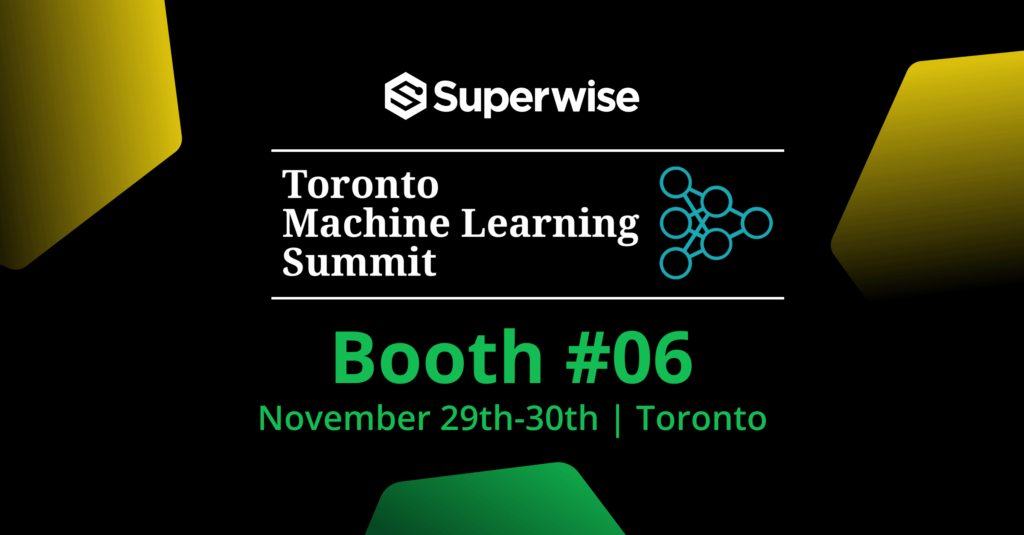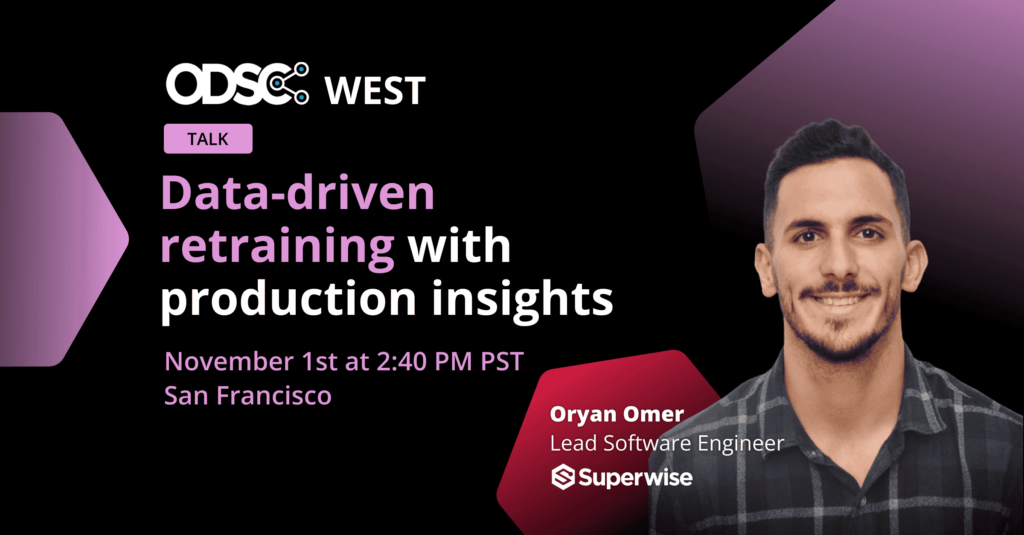LLMs are everywhere, left, right, and center of any and all AI discourse these days. But we've got to be honest here, it's hard to understand how they make decisions and explain and monitor them. So earlier this week, we released into beta Elemeta, our open-source library for exploring, monitoring, and extracting features from unstructured data.
